We find an Okinawan chili sauce made with the rarest kind of awamori–so we had to taste it

Chili sauce made with expensive Okinawa liquor has got to be better than any others!
When you think of Okinawan cuisine, the first dishes to come to mind are probably Okinawa soba (also called soki soba) and goya champuru, a stir-fry dish made with bitter melon. But did you know that there’s one particular Okinawan ingredient used to dress those dishes that’s crucial to drawing out their flavors? It’s called koregusu, and it’s an Okinawan chili sauce.
Koregusu is made by pickling Okinawa hot peppers in awamori, the island’s signature strong distilled-rice liquor, for one month. The result is a spicy chili sauce with an almost clear color, plus some alcohol content.
You can buy ordinary brands of koregusu at just about any supermarket in the prefecture, but our Japanese-language reporter Kouhey, who recently took a trip to the Okinawan islands, happened to find a special kind that uses a “mythical awamori”. Of course, he had to buy it and compare it to ordinary koregusu.
Awamori is a strong distilled liquor made from long-grain rice, and is the representative alcoholic beverage of Okinawa. For this special koregusu, an awamori brand called Awanami is used, and if you’re an awamori fan, you’ll probably already know about it. It’s a rare kind of awamori made on the Japan’s southernmost inhabited island, Hateruma Island, and thus is quite expensive.
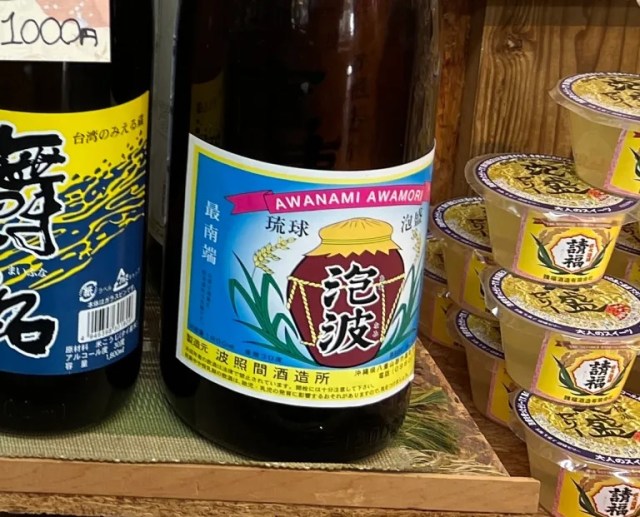
Kouhey has been to Hateruma twice before, so he knows that glasses of Awanami are fairly reasonable on the island. But once you leave the island, the price rises sharply. Even in Okinawa, the cost per glass about doubles. In Tokyo, it’s nearly impossible to find, even at Okinawan restaurants, and when you do happen to stumble across it, the price per glass is insane compared to other standard types of awamori.
▼ A glass of Awanami is 1,800 yen (US$12.30) compared to 600 yen for the more common brands.
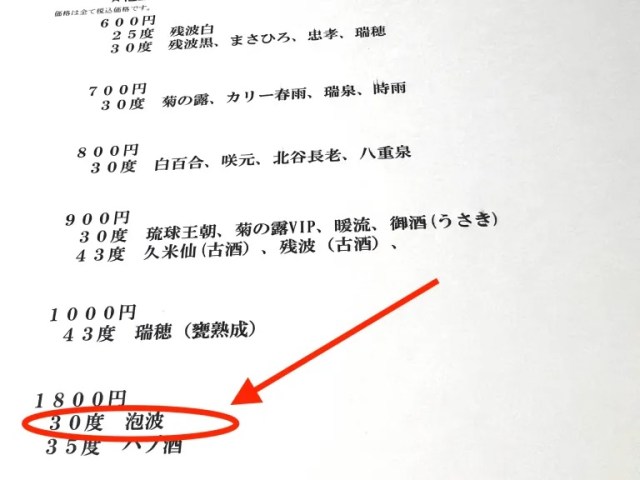
So if Awanami awamori is so rare, how did Kouhey manage to find a koregusu that uses it? That’s because he found it at Awamori Jelly Honpo, a liquor shop and bar he makes sure to make a stop at every time he visits Ishigaki Island. They actually make it themselves, like they do their awamori jelly.
▼ Awamori Jelly Honpo’s Awanami koregusu
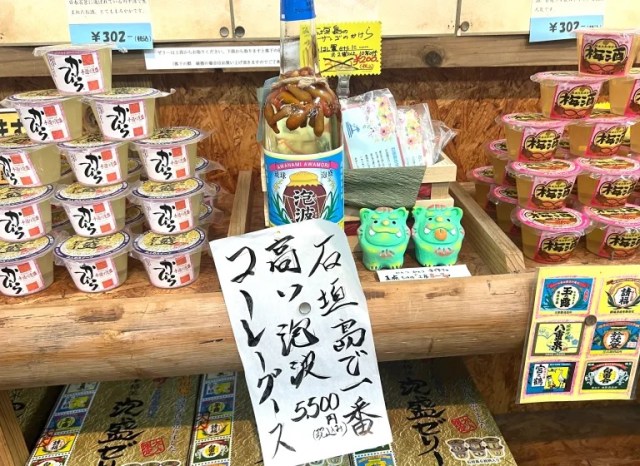
A bottle of their Awanami Koregusu sells for 5,500 yen. While that sounds very expensive, when Kouhey thought about how it’s not sold in the general market, and how you can’t really find koregusu made with Awanami anywhere else, he considered it well worth the price.
When he returned to the Tokyo area, he set out to compare it to regular koregusu when used in Okinawan dishes, but since he doesn’t really know how to cook them, he decided to enlist the help of Orion Shokudo, an Okinawan izakaya pub. Orion Shokudo serves Okinawan cuisine and liquor and hosts performances of Okinawan folk songs, so it’s a great place to get a taste of Okinawan culture closer to Japan’s capital city. Kouhey visited the branch that’s just a three-minute walk from Gyotoku Station in Chiba, just east of Tokyo, and he brought his bottle of Awanami Koregusu with him.
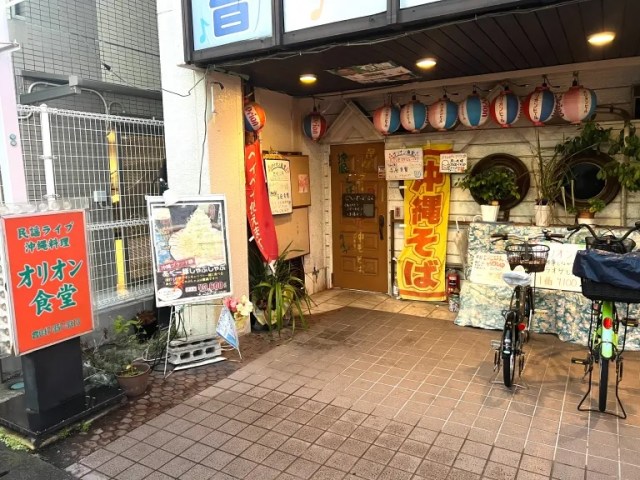
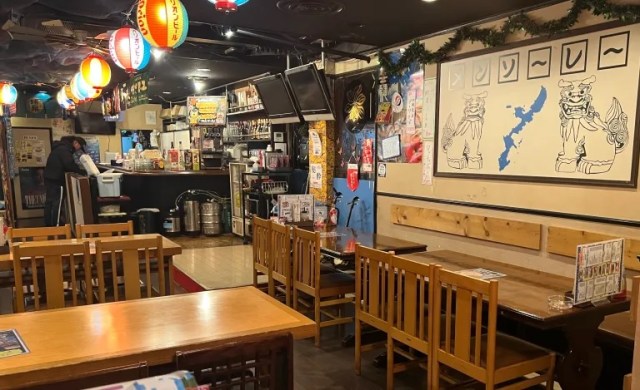
The restaurant provides their own homemade koregusu, so he decided to compare the two on some of the restaurant’s dishes to see if they taste different.
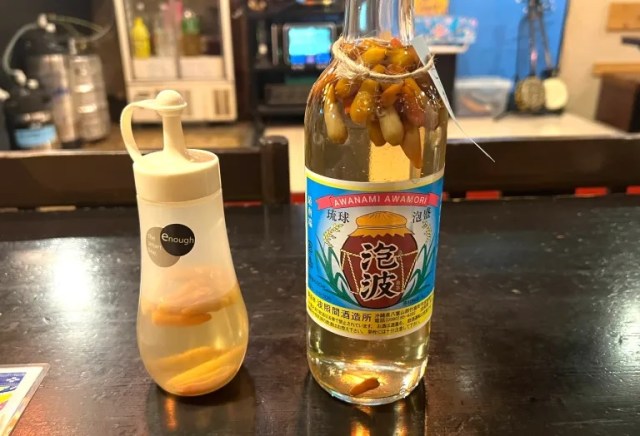
But first, he tasted just a little bit of each straight to get a general feel for each one’s flavor.
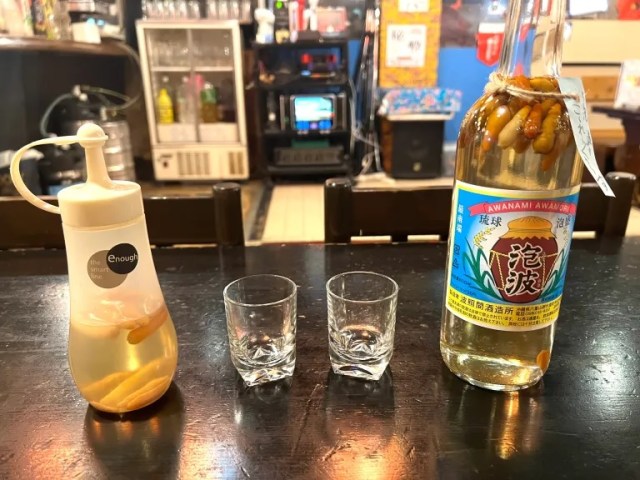
He started with the restaurant’s koregusu.
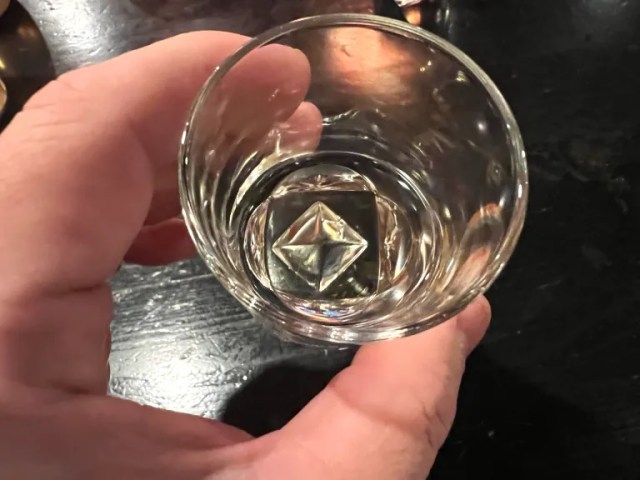
It definitely had a hint of spice, but the aftertaste was rather refreshing.
Kouhey then tried a taste of the Awanami Koregusu.
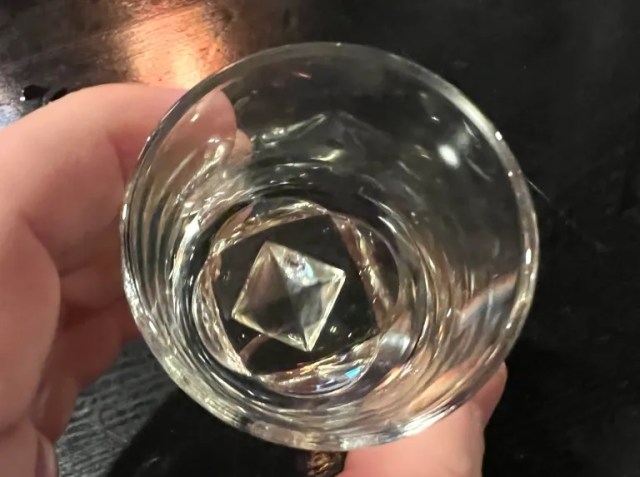
It had a greater degree of depth to it, and added more dimensions to the flavor of the koregusu. But though Awanami itself has a very light flavor, the koregusu made with it was far spicier than the ordinary kind.
With an initial taste test complete, Kouhey tried both varieties on Okinawa soba.
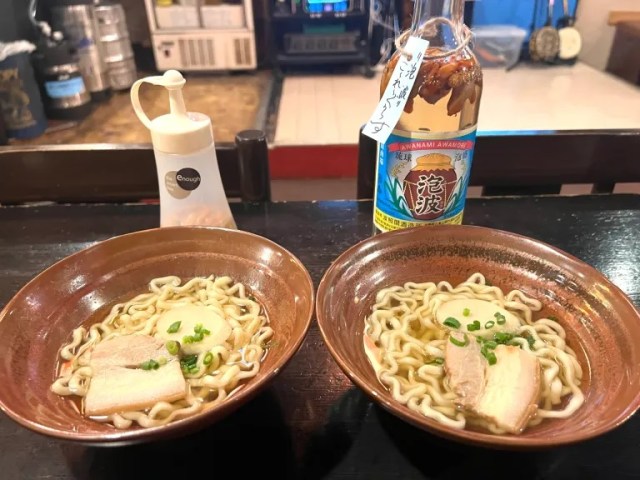
First, he drizzled on some of the restaurant’s koregusu…

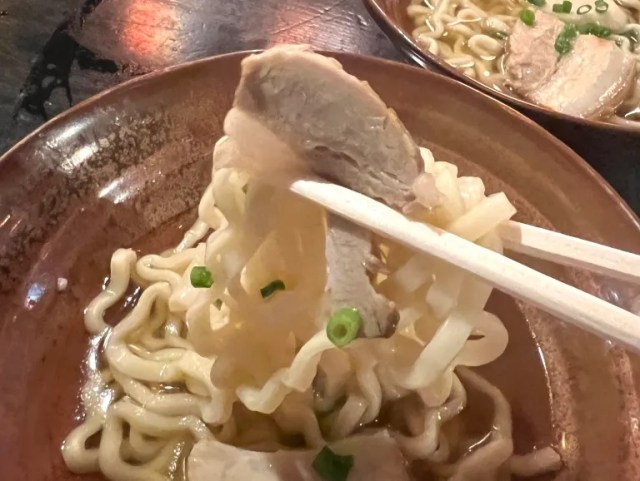
It was a very familiar flavor, though Kouhey thought maybe the dish could do with a splash more to really get a sense of the chili sauce’s taste.
Then he tried garnishing it with the Awanami Koregusu and took a bite…
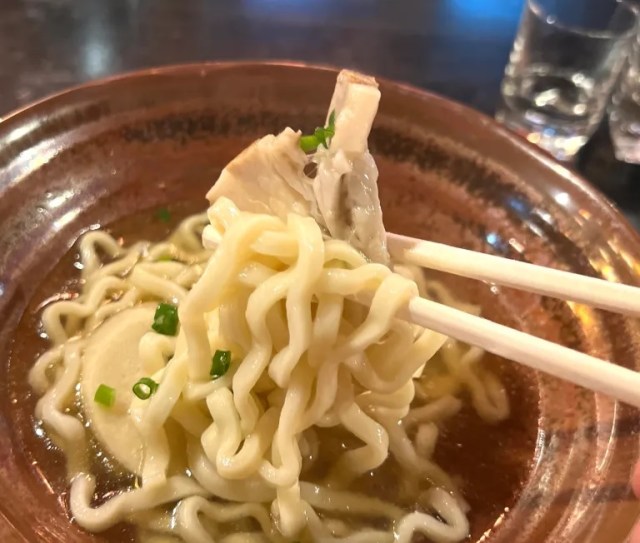
Oh! The flavor had changed a lot. Kouhey could taste the same depth that he’d experienced from the sauce on its own, but adding it into Okinawa soba drew out even more levels. He could really taste the umami of the combination, just in the broth.
Kouhey then tried each one on rafute, an Okinawan dish of stewed pork belly.
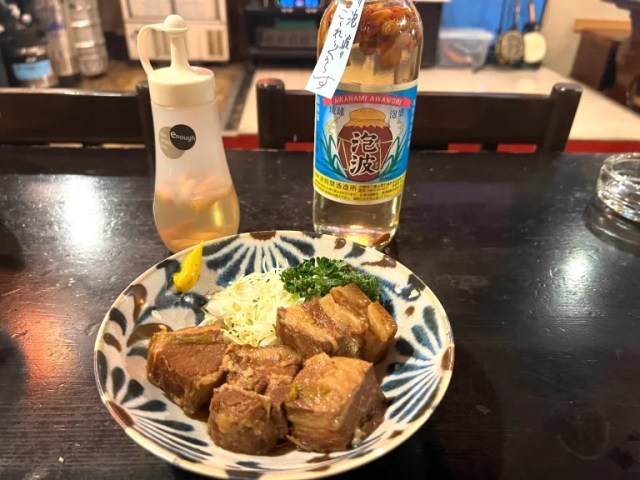
Now, Kouhey has never actually added koregusu to rafute before, so this would be his first time trying the combination at all. First he started with the restaurant’s koregusu.
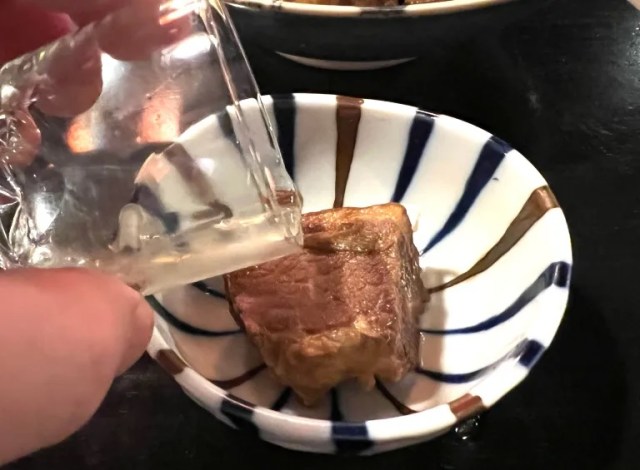
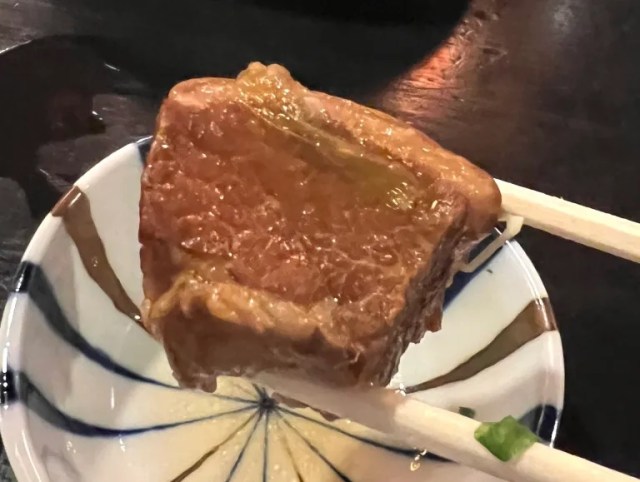
Oops…He might have used a little too much. The flavor of the awamori was a bit strong and had overpowered the delicious flavor of the rafute.
It was unfortunate, but in the interest of fairness, he decided to put in the same amount of Awanami Koregusu.
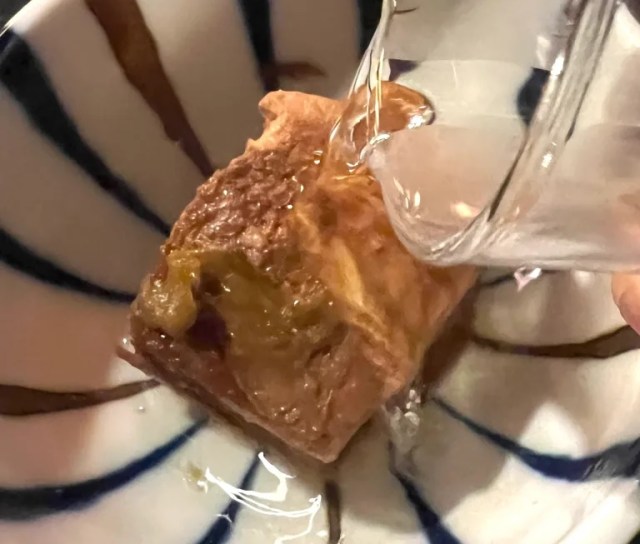
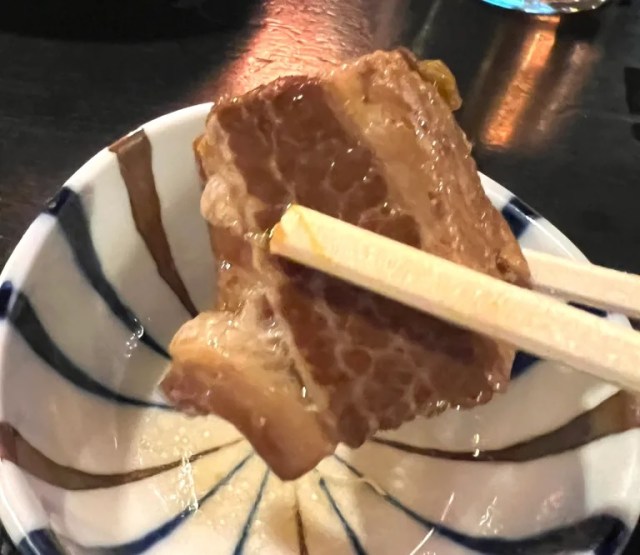
Oooh! Its richness and spice paired really well with the rafute. There was a clear difference between the two koregusu that Kouhey could really taste.
As a last test, Kouhey tried each koregusu in Okinawa-style miso soup, which is made with a mixture of vegetables instead of the simple broth of green onions and seaweed that’s popular in most of the rest of Japan.

This dish is pretty rare to find, even at Okinawan restaurants. Kouhey really likes Orion Shokudo’s version of it, so he often orders it to finish off his meal, but he’s never put koregusu in it before either. As with the other tests, he tried it with the regular koregusu first.
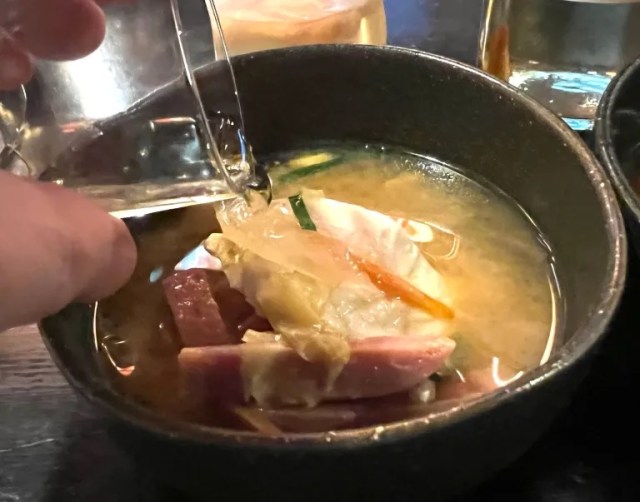
Would it actually pair well? Kouhey was a bit nervous as he raised a spoonful to his lips…
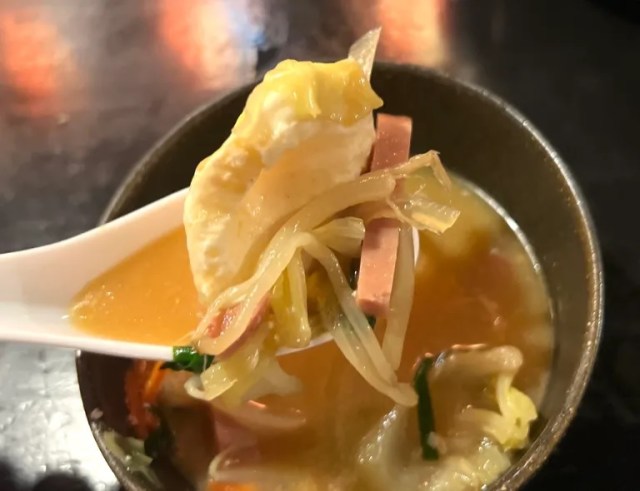
Hmm…It didn’t seem to be such a good match, at least not with the awamori used to make the koregusu. It unfortunately overpowered the miso. There was a strong possibility that koregusu in general just wouldn’t be a good topping for Okinawan miso soup, but Kouhey wanted to try the Awanami version anyway.

With slight trepidation, he slurped up a spoonful…
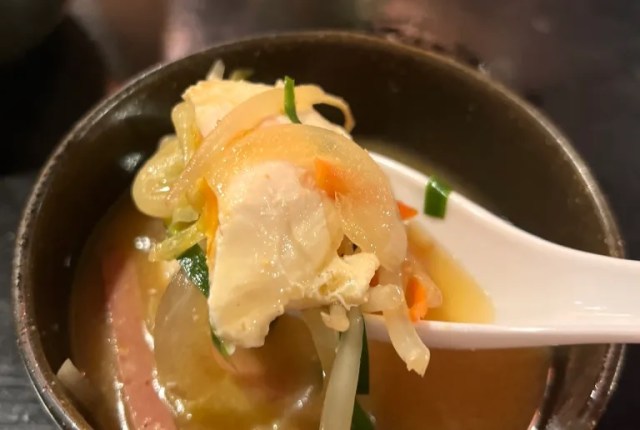
Ohh…The miso flavor was still there! But the spicy flavor did win out a little bit, so Kouhey guessed that Awanami Koregusu could be a really good condiment for Okinawa-style miso soup if you find the right amount to pour in.
Based on this experiment, Kouhey determined that the flavors and effects of koregusu can vary greatly depending on the brand and exact ingredients. The age of the awamori used can also make a difference. For example, the Awanami used in the koregusu Kouhey bought was manufactured in January 2022, which isn’t very old for awamori. How long the chilis are soaked in the awamori also makes a difference. According to the manager at the Gyotoku branch of Orion Shokudo, the longer the concoction sits, the spicier it gets. So you could get very different flavors each time you try it!
Kouhey really enjoyed testing out the Awanami Koregusu, but since he doesn’t cook much Okinawan food at home, he decided to gift it to Orion Shokudo, who could surely use it better. You might get the chance to taste it if you visit the restaurant, so if you’re curious about trying it, definitely pay a visit to the Gyotoku branch!
Restaurant information
Okinawa Izakaya Orion Shokudo Gyotoku Branch / 沖縄居酒屋 オリオン食堂 行徳店
Address: Chiba-ken Ichikawa-shi Gyotoku Ekimae 2-23-6
千葉県市川市行徳駅前2-23-6
Open 5 p.m.-midnight
Photos © SoraNews24
● Want to hear about SoraNews24’s latest articles as soon as they’re published? Follow us on Facebook and Twitter!
Credit:

0 comments:
Post a Comment